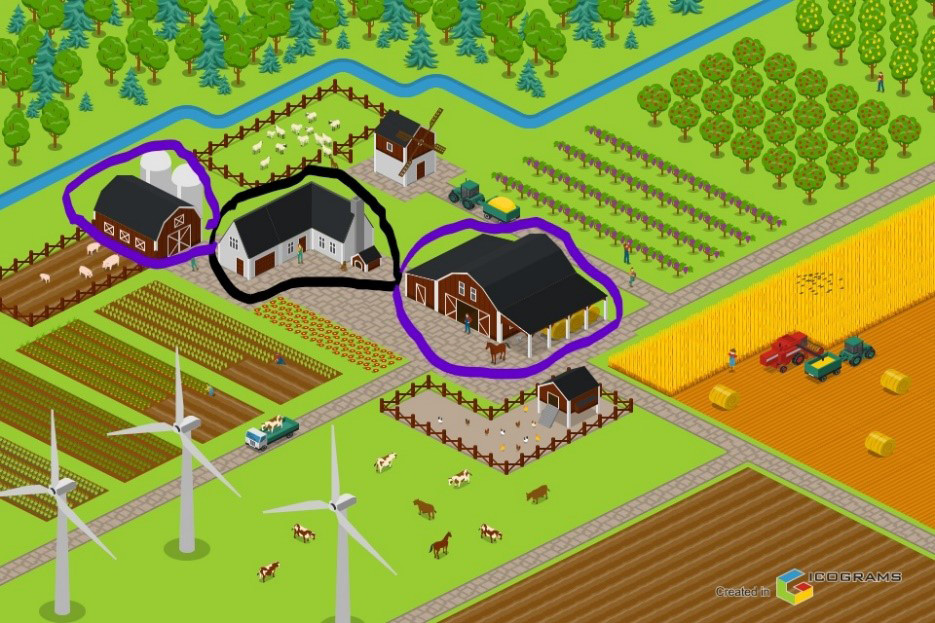Your property assessment will be in the mail soon if you haven’t received them yet. Be sure to check each parcel to make sure the use on the assessment is in line with your farm use.
Property Valuation Services Corporation (PVSC) issues to owners a “property assessment” for every property in Nova Scotia. The assessment notice will let you know there is a 30-day period after receiving the notice in which you can dispute your assessment. Once this 30-day window passes, you will have to wait until next January to dispute your assessment and will be required to pay your tax bill as stated for that year.
The assessment doesn’t give the breakdown of the taxes you will be paying – that’s what your Tax Bill is for. The assessment lets you and your municipality know the percentage of your property by use. This allows your municipality to assign the proper rate according to their rate schedule. Uses of property include: Residential, where people live; Commercial/Industrial – work buildings; Resource, which includes wetlands and forested areas; and Agriculture, or farmed land. These uses usually just carry over from one tax year to the next, however, changes like a new building or owner will trigger PVSC to review your property to make sure the correct categories are assigned to your property.
Similarly, if you cleared forested land that you formerly paid resource taxes on, and are now farming that land, you can request a review to have that tax rating changed. Again, this review needs to be done within the 30 -day window of receiving your assessment. For example, it is common for a piece of land to have a home, farm buildings, agricultural land and a forested area. PVSC uses arial imagery and mapping to determine the percentage of the property that should be taxed at the resource rate (25 cents per acre) or receive the agriculture exemption. Any part of the property that is deemed residential or industrial/ commercial will be taxed according to the rate assigned by the municipality.
Residential rates and commercial/industrial rates are determined by municipal councils, usually as part of their budgeting process. Rates are usually expressed as per $100 per assessment. For example, the average residential rate in a rural municipality in 2020 was 0.99 per $100 of assessment. If a house was assessed at $150,000, the property taxes for the year would be $1485. Farm buildings are taxed similarly, but using the commercial/industrial rate. Residential rates vary within a municipality as much as they vary across municipalities; the same can be said for industrial/commercial rates.
The services and amenities provided by the municipality will often influence the rate. For example, one property might have a rate of 1.15 and a similar property 3km down the road might have a rate of 0.80. The difference may be the property with the rate of 1.15 has access to municipal water and the property taxed at 0.80 is on their own private well. For industrial/commercial rates, similar circumstances apply.
Keep in mind, the municipality is taxing that building/property itself, not what is in it. A relatively simple way to put this is – if you were to sell a piece of property, what would be sold as the property? Robots, work benches, farm equipment, tools in farm buildings are above and beyond the “property” as these can all be sold individually. If the municipality or PVSC reach out for more details so they can better prepare your tax assessment, you’ll want to make sure you give them the right values.


